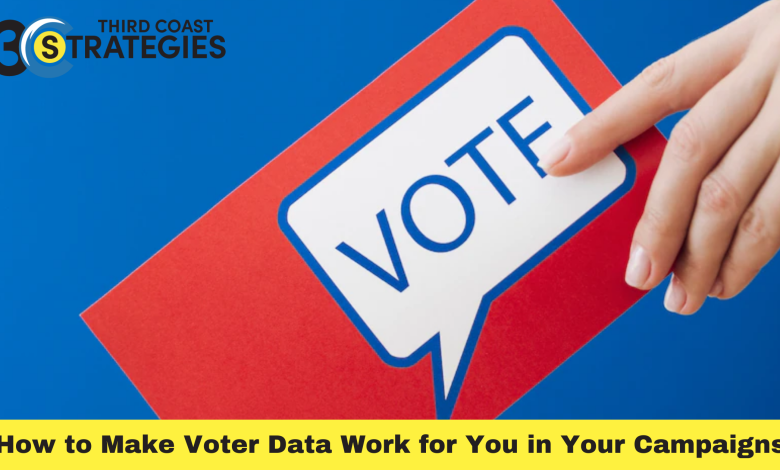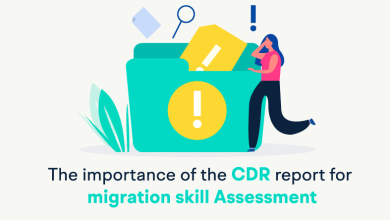How to Make Voter Data Work for You in Your Campaigns

Introduction
Data can master your campaign by giving you insights on what to do next. It’s no secret that data has become the new currency in politics, with voter data at the top of the list. Political campaigning firms are collecting more and more data every day, but most of them still struggle to use it effectively. This article will show you how to make voter data work for you in your campaigns.
As a campaign field organizer, you know that voter data is valuable for your efforts. By understanding your constituents and their interests, you can target your advertising and outreach more effectively. But what if you could go a step further and use that data to predict how people will vote? It will do magic if you know what party they affiliate with. But before this, it is very crucial for political consulting firms to analyze the voter data to have a clear view of the constituency they are working on
There are different ways to collect voter data, and each one can provide valuable information for your campaign. In this article, we’ll look at some of the most popular data collection methods and discuss how you can use that information to target your campaign.
Know Your Electorate
The first step is to know your electorate. Then, you can form a voter persona, a hypothetical person you design based on the data. To target your messages effectively, you need to know what this person looks like. What’s their age? Gender? Social class? Level of education? Family status? Party affiliation?
One way to do this is to look at past voting behavior. You can also use data from surveys or polls to help you form a profile of your target voter. Once you have a good idea of who this person is, you can target your messages specifically to them. If you know who they are, it actually boosts the effectiveness of strategies that you use to convince targeted voters.
Look for the Areas to Focus on
Once you know who your target voter is, you need to identify the areas to focus on to win their vote. Again, these may vary depending on the electorate that you are targeting.
For example, if your target voter is a young, unmarried woman with a university degree, you may need to focus on education, employment, and social security. On the other hand, if your target voter is a middle-aged man who owns his own business, you may need to focus on taxation, regulation, and business development.
Now that you know who your target voter is and what areas you need to focus on, it’s time to develop your messages. These messages need to resonate with your target voter. They should be based on the issues that are important to them and the values that they hold dear.
If you can get your target voter to see you as the candidate who shares their values and is fighting for their interests, you’re well on your way to winning their vote.
Calculate Winning Numerics
Once you know your target voter and what issues resonate with them, you need to calculate how many people will get converted to voting for you.
This can be done by looking at previous polling data or using statistical models. Once you have this number, you can start developing messages that encourage people to vote for you.
Many political field organizers use geocoded voter addresses to help you throw light on your target voter and send them a tailored message that will resonate with them—determining which voters you need to persuade from opponent strongholds and which is essential for victory.
Use Social Media Platform to Connect
You can also use social media to connect with your target voter. Platforms such as Twitter and Facebook offer a great way to reach out to potential voters directly. Use keywords and topics related to your campaign to find your target voter on social media. Once you have seen them, start connecting with them. Share your messages and connect with them on their level.
Make sure that your political campaign strategies are tailored to reach your target voter. Use the correct tone of voice, post the right content, and use the proper channels to get them.
Target voters with similar interests. Based on their likes and posts, you can target similar voters and try to attract them to your campaign. This helps you to focus your resources on the more relevant voters.
Strengthen the Grassroot Organization
Grassroots campaigns are essential for getting the vote out. Voter data can help you identify and mobilize supporters in your area. Use the data to create target lists for your volunteers to contact and encourage them to participate in the campaign. Since most of the actions are voluntarily done, it will be tough to track, and this data will help you identify your passionate supporters.
Door-to-door campaigning is a way out. But, it is an essential part of any election campaign. Voter data can help you plan your visits more strategically. Use the data to identify supporters in your area and target them with visits. This will help you to maximize your time and resources.
The Final Word
With voter data, you can make your campaign more effective and efficient. By understanding your voters and what they want, you can target your messages to them and achieve better results. So, make sure to use all the voter data available to you and see how it can help your campaign. Political campaign consultants can be a valuable resource in helping you to use voter data to its fullest potential.





